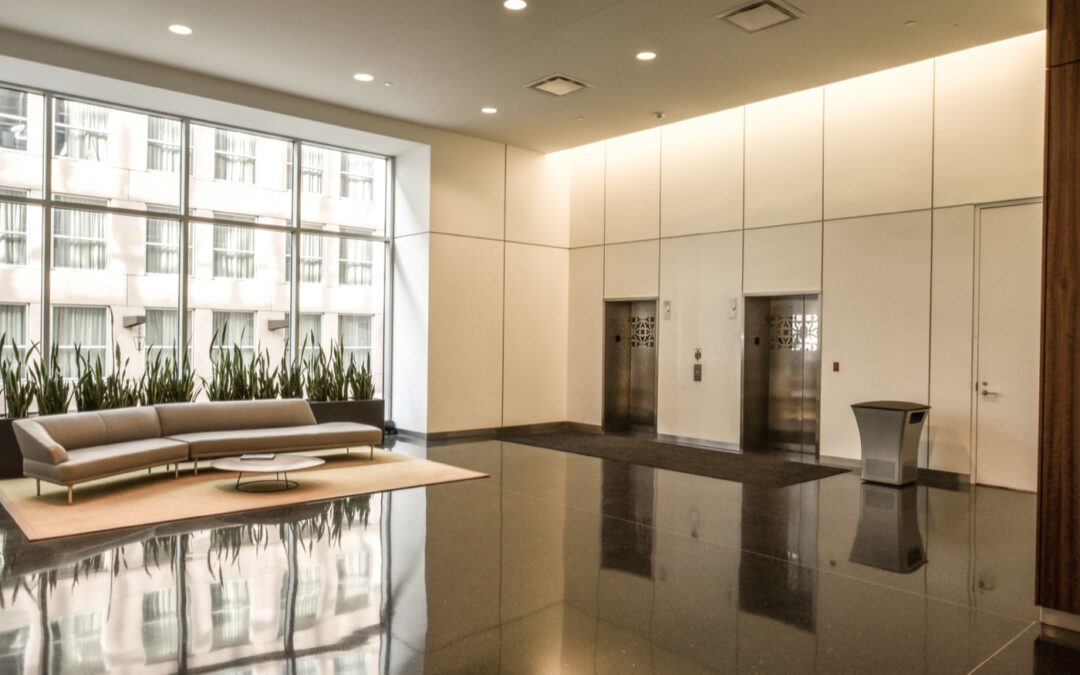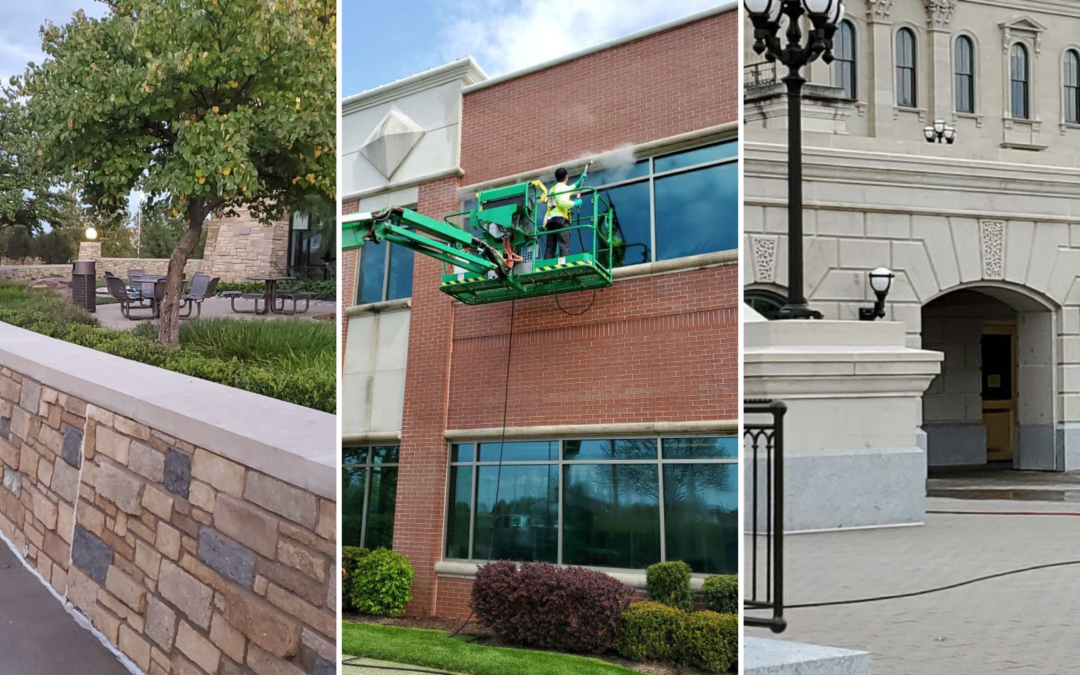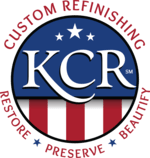
by KC Restoration | Dec 14, 2021 | Blog
As the new coronavirus omicron variant continues to spread across the country, a new survey of 1,600 Americans reveals a clean workplace is still a top priority for those returning to work. The survey conducted by the Cleaning Coalition of America finds that U.S....

by KC Restoration | Jul 26, 2021 | Blog, Stone
Regardless of age or condition, all commercial and industrial properties must be maintained in order to stay in good working condition, retain their value and provide a safe workspace for all occupants. Continuous exposure to natural elements such as pollutants and...

by KC Restoration | Mar 17, 2021 | Atomospheric staining, Blog, Stone
Maintaining the exterior of a building can pay off in more way than one. With regular maintenance, thorough cleaning and strategic repairs, you can add years to the life of your building, keep tenants happy and prevent more costly damage. Attract current and potential...
by KC Restoration | Jul 20, 2020 | Atomospheric staining, Blog, Stone
One of the first visible components of any business premises is the exterior façade. The KC Restoration team is excited to start façade work with a high industrial coating at this luxury apartment and retail facility. This process will help ensure this building...
by KC Restoration | May 4, 2020 | Atomospheric staining, Blog, Metal, Stone, Uncategorized
Let’s talk about The Bachelor! What does The Bachelor have to do with commercial building maintenance, you ask? Hang in there and we think KC Restoration can convince you there is a connection. If you have or have not seen The Bachelor, you probably know the premise....




